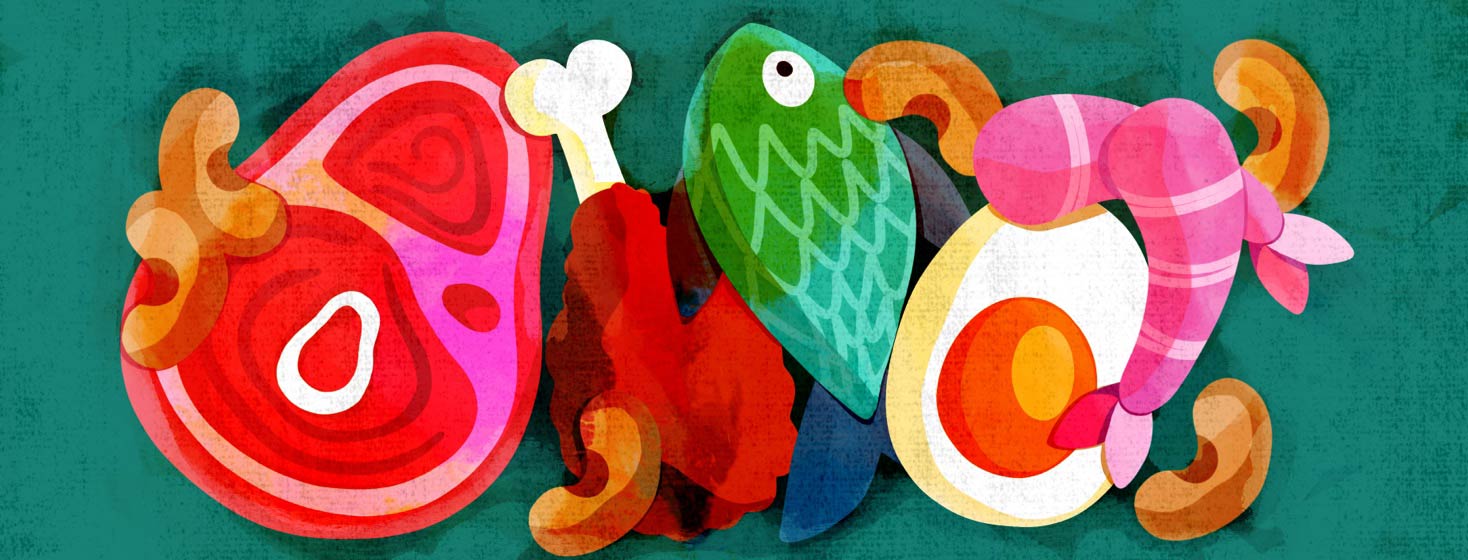Living With Anemia
I have lived with anemia for most of my life. It has been a part of my life since I started having periods as a teenager. Generally, I can tell when my anemia is getting worse.
This or That
Do you have experience with anemia or needing a high-iron diet?
I tend to notice that I am fatigued and start craving certain foods, mainly red meat and pickles. Most people understand the craving for red meat, but not the craving for pickles.
Our bodies are unique machines.
Featured Forum
View all responsesWhat is anemia?
Anemia is a condition in which the body does not have enough red blood cells to carry enough oxygen throughout the body. The body uses oxygen as a source of power or energy; therefore, anemia creates fatigue within the body. This is one of the reasons that as my anemia gets worse, I am more fatigued.1
Symptoms of anemia
Like most conditions, there are multiple symptoms that could indicate anemia. Fatigue is one of the most common symptoms. This is also one of the symptoms that I personally feel the most often. Other symptoms include irregular heartbeat, a whooshing sound in your ears, dizziness, chest pain, and weakness.1
Treating anemia
In severe cases, doctors can prescribe prescription medication to increase the production of red blood cells. Aside from that instance, the most common way to treat anemia is by eating a high-iron diet and/or taking an iron supplement.1
In the past, I have taken prenatal vitamins (that included iron) as a supplement. In all honesty, I should start taking them again. I take so many prescription medications that the idea of adding another pill can be taxing. With this in mind, I focus on consuming a high-iron diet.
Featured Forum
View all responsesHigh-iron diet
There are 2 types of iron available in foods: heme and non-heme iron. Foods that contain heme iron are animal meats and contain hemoglobin. The heme iron is absorbed better than the non-heme iron. Despite this, it is still important to include non-heme iron-rich foods to have a balanced diet.2,3
Balanced diet
Many of us are taught from an early age that it is important to consume a balanced diet. A balanced diet is built from a variety of proteins, carbohydrates, fats, fiber, vitamins, and minerals. Therefore, it is important for us to eat a variety of foods to obtain our necessary iron intake.
Foods high in iron
Many times, people believe the only way to increase their iron intake is by consuming more red meat. This is a popular misconception. There are many foods available that contain iron. Over the years I have been surprised at the variety of foods available to increase my iron intake.
This is important because the daily value for the recommended amount of meat a day is only about 4 ounces. Most Americans consume well beyond that amount every day.
Featured Forum
View all responsesSources high in iron include:2,3
- Meats: Many people are aware that red meat contains iron. But it is important to know that many types of meat contain notable amounts of iron, not just red meat. According to the USDA Nutrition Data, seafood such as cuttlefish, oysters, and octopus all have over 40 percent of your daily value of iron in just 3 ounces!
- Vegetables: Regardless of the form your vegetables come in, many have great levels of iron to offer. For example, you will consume 36 percent of your daily value of iron in one cup of cooked spinach. The wonderful thing is that this iron is available regardless of whether the spinach is fresh, frozen, or canned.
- Enriched cereals: The cereal aisle of your grocery store is a great place to find iron. These days many kinds of cereal are enriched with vitamins and minerals. Some of these cereals include Quaker's Toasted Multigrain Crisps, Post's Honey Nut Shredded Wheat, and even The Family Dollar store brand of shredded wheat cereal. These enriched cereals are an affordable food group to help increase your iron intake.
- Others: Other categories include beans/legumes, dried fruit, seeds, mushrooms, and more!
Do you have experience with being anemic or eating a high-iron diet? Please share your experiences and thoughts with us!

Join the conversation